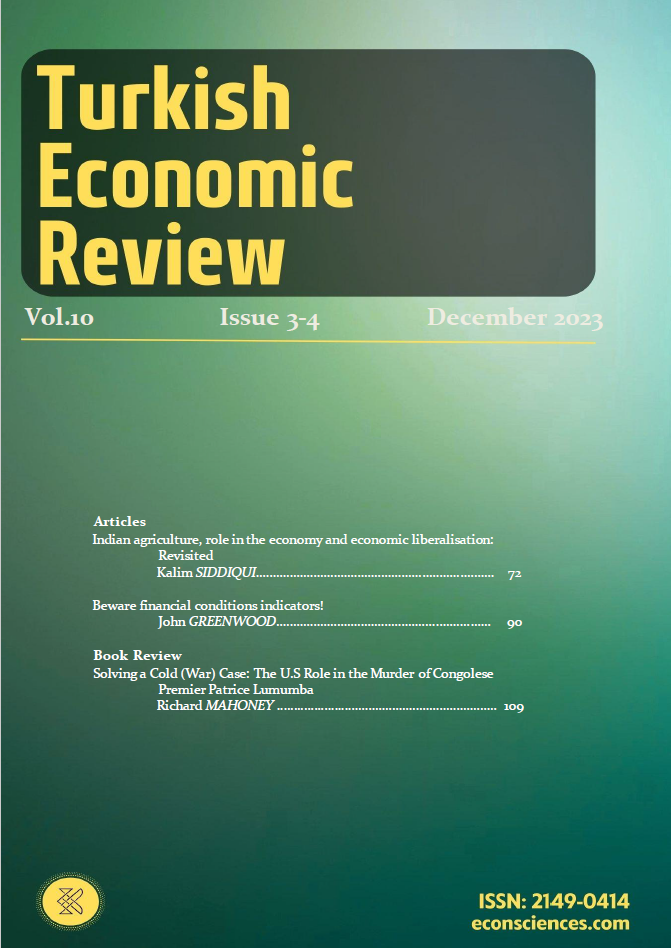Abstract
Abstract. This paper compares two versions of the transmission mechanism of monetary policy: the monetarist model and the widely popular Financial Conditions Index (FCI) model. The focus is on the role of interest rates and spreads as indicators of the business cycle. In the monetarist model, following a sustained upswing or downswing in the rate of growth of money, theory and evidence point to two subsequent stages for interest rates – first the liquidity effect, followed by the Fisher effect. These two movements are in opposite directions, both being effects of prior monetary growth. The first effect is typically quite brief; the latter effect usually lasts much longer. I find that the monetarist model fits the experience since March 2020 like a glove. By contrast, the FCI model generally ignores monetary growth and constructs an index consisting of a composite of rates, spreads and other financial market indicators. This index is taken as the driver for subsequent moves in asset prices, credit market developments and their impact on the real economy. To my knowledge, the FCI model is nowhere fully articulated and is only vaguely specified in mathematical terms. Based on evidence from business cycle developments since the onset of Covid for the US, the euro-area, and the UK, the FCI results are shown to be inconsistent and sometimes contradictory.
Keywords. Monetary economics; Business cycle; Interest rates; Inflation.
JEL. E19; E32; E52; G10.
References
Boulding, K. (1941). Economic Analysis, New York: Harper and Brothers.
Fisher, I. (1906). The Nature of Capital and Income, London: MacMillan Co.
Fisher, I. (1907). The Rate of Interest, London: New Haven.
Fisher, I. (1930). Theory of Interest, London: MacMillan Co.
Friedman, M. (1963). Money and Business Cycles, NBER.

This work is licensed under a Creative Commons Attribution-NonCommercial 4.0 International License.
